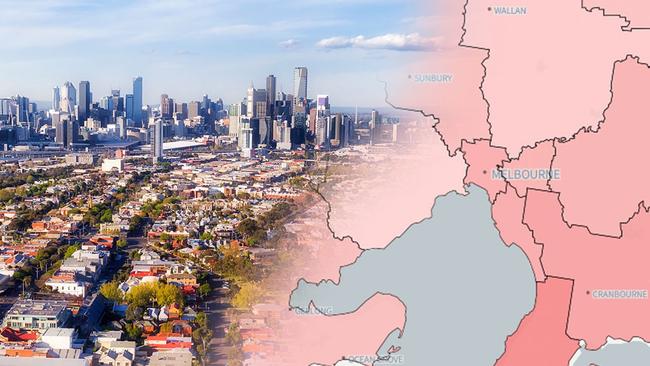Are you paying more out of your income for rent than others? See how your area ranked in Victoria
Does your rent fit your hip-pocket? See how much your postcode shells out in rent compared to rest of Victoria.

Leader
Don't miss out on the headlines from Leader . Followed categories will be added to My News.
People in regional Victoria are spending a smaller percentage of their wages on rent than those in Melbourne, new data can reveal, but that doesn’t mean there’s enough homes available.
As the average rent surged by 10 per cent in Victoria, increasing from $470 per week in 2020 to $520 in 2023, Real Estate Institute of Victoria president Andrew Meehan said Victoria’s rental market was witnessing an all time low in vacancies.
“Vacancy rates across Victoria is seeing historically starkly low figures. The main issue with the lack of supply in housing results lack of availability which is causing rental prices to go up,” he said.
Experts at Renovation Capital evaluated the rental market by considering the rent-to-income ratio of each area, revealing how much income each area puts aside for rent when compared to rest of Victoria.
Northwest Victoria fared the best in rent-to-income ratio by shelling out 17.46 per cent of their income on rent, followed by Ballarat with 18.19 per cent.
Posh and popular Melbourne areas — Inner South, South East and Mornington Peninsula fared the worst with people in these areas chucking over 20 per cent of their income in rent.
Mr Meehan said even though the rents had spiked, Victoria still remained far away from a “rental stress”.
“Economist say when the income-to-rent ratio hits 30 per cent, that's a sign of rental stress but with the numbers sitting around 20 per cent we are fair way below that,” he said.
“Higher rental property prices and higher income to rent ratios tend to be in areas where medium incomes are higher.”
Affluent suburbs like Morning Peninsula fall outside the general rental market, says Mr Meehan.
“Mornington Peninsula is an interesting one because it's a holiday destination which push prices up making it unique,” he said.
Migration and returning international students put pressure on the rental market but government policies also don’t encourage rental providers to remain in the market, Mr Meehan said.
“Recent government decisions have disincentivized rental providers. The Residential Tenancy Act has changed with the introduction of land tax, resulting in a number of rental providers leaving the market,” he said.
“It’s exacerbated by the fact that interest rates are high — if you want to sell your investment property, you're probably going to get better returns on the short term money market.”




